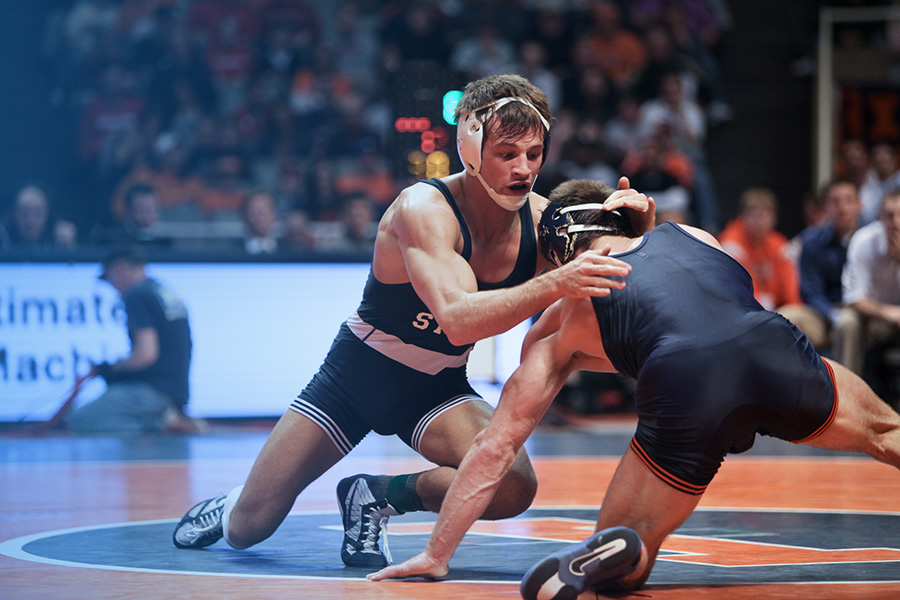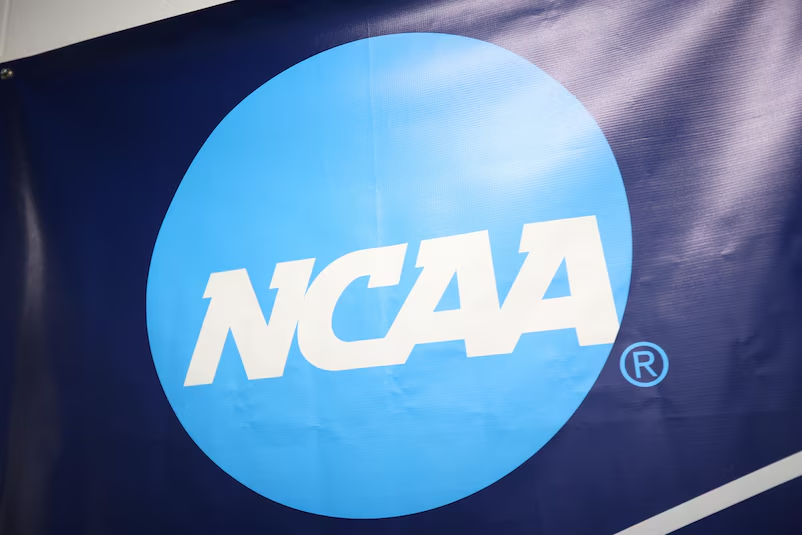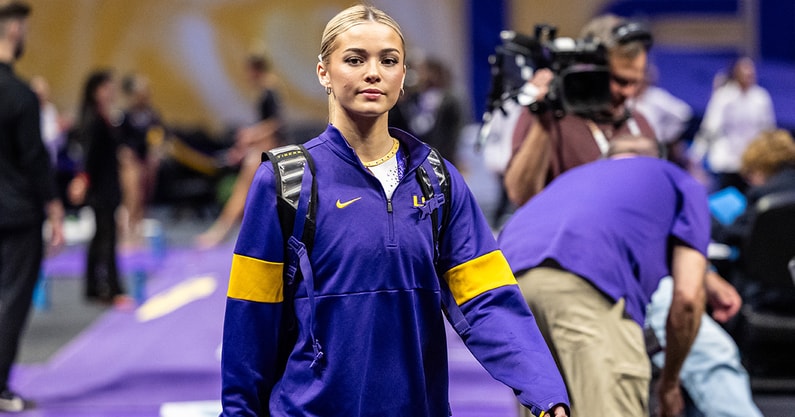NCAA, NAIA, and NJCAA NIL policies

Student-athletes are entering unchartered waters as NIL gives them the opportunity to accept endorsement opportunities, sign autographs and attend events.
While an NIL deal may sound like a good fit now, high school athletes in states that allow NIL will want to figure out how it fits into their future plans before committing to it. This includes continuing their athletic career in college.
Athletes and their families need to do research to make sure the deal aligns with where they plan to play. Create a complete list of potential colleges and compare the NIL deal to the:
- Institution NIL policy
- Conference NIL policy
- Bylaws of the national collegiate governing body (i.e. NCAA, NAIA, or NJCAA)
Kicking this step to the curb could put them in a tough situation if that deal conflicts with any regulations or policies set in place.
Our Resource Hub provides detailed information on state-by-state NIL laws and institutional NIL policies for student-athletes, parents, coaches, and administrators to reference.
Let’s now break down the NIL regulations for the NCAA, NJCAA, and NAIA.
NCAA
The NCAA’s decision to implement an Interim NIL Policy on July 1, 2021, came on the heels of important changes surrounding NIL. More than a dozen state laws were set to take effect July 1, and just a couple of weeks earlier, the Supreme Court had unanimously ruled that the NCAA could not place any limits on student-athlete education-related benefits, opening the door to a greater movement on NIL rights.
The NCAA was facing inevitable change and it had to keep up.
It’s Interim NIL Policy states that student-athletes who attend a school in a state with an NIL law must comply with that law, as well as the institution’s policies and procedures. Student-athletes who attend school in a state that does not have an NIL law must comply with the school or conference’s NIL policies.
The NCAA also updated its Constitution in January 2022 to address, among many other issues, its updated stance on NIL. The constitution gives each division (DI, DII, DIII) authority to reorganize and restructure their NIL guidelines to best support the student-athletes.
While the constitution still contains some core NCAA principles, including prohibiting pay-for-play, it also opens the door for more educational and financial benefits for student-athletes. The updated constitution will take effect on August 1, 2023.
High school athletes who have any NCAA institution on their list, will want to make sure they are familiar with the Interim NIL Policy and NCAA Constitution.
NJCAA
The National Junior College Athletic Association (NJCAA) followed alongside the NCAA in passing a new NIL bylaw, effective on July 1, 2021, in order to promote NIL opportunities for current and future student-athletes. However, its language differs from the NCAA.
The updated NJCAA bylaws allow student-athletes to:
- Participate in radio or television programs for the purpose of promoting an amateur athletic event
- Receive compensation for supervision of physical education, playground, or recreational activities.
- Receive compensation for use of name, image, or likeness to promote any commercial product or enterprise, or public or media appearance so long as it does not conflict with the institution’s existing partnerships, sponsorships, and agreement
- Receive compensation in compliance with state law.
- The bylaws also set parameters for actions that remain prohibited, including pay-for-play, improper inducements and institutional employees or boosters making direct payments to athletes.
High school athletes who have any NJCAA institution on their list, may want to make sure they are familiar with the NIL policy (B.3 Name, Image, Likeness) in the NJCAA Handbook and Bylaws.

NAIA
While the NCAA was deep in conversations surrounding NIL policy at the end of 2020, another division was already taking action on behalf of their athletes.
The National Association of Intercollegiate Athletics (NAIA) passed landmark name, image and likeness legislation in October 2020, becoming the first association to pass legislation allowing athletes to monetize their NIL.
The NAIA’s amended language can be found in its Amateur Code. which allows a student-athlete to receive compensation for promoting any commercial product, enterprise, or for making any public or media appearance.
“The time was right for the NAIA to ensure our student-athletes can use their name, image and likeness in the same ways as all other college students,” stated NAIA President and CEO Jim Carr when the new bylaws were released.
The NAIA recently took additional steps to support their student-athletes NIL endeavors by partnering with Opendorse, a leading technology company connecting athletes to the endorsement industry. This partnership enables NAIA student-athletes to access NIL opportunities while also ensuring the deal is compliant with their institution.
High school student-athletes planning to attend an NAIA institution will want to make sure they are familiar with the association’s NIL policy (VII. Section B) in the NAIA 2021 Official Handbook.


